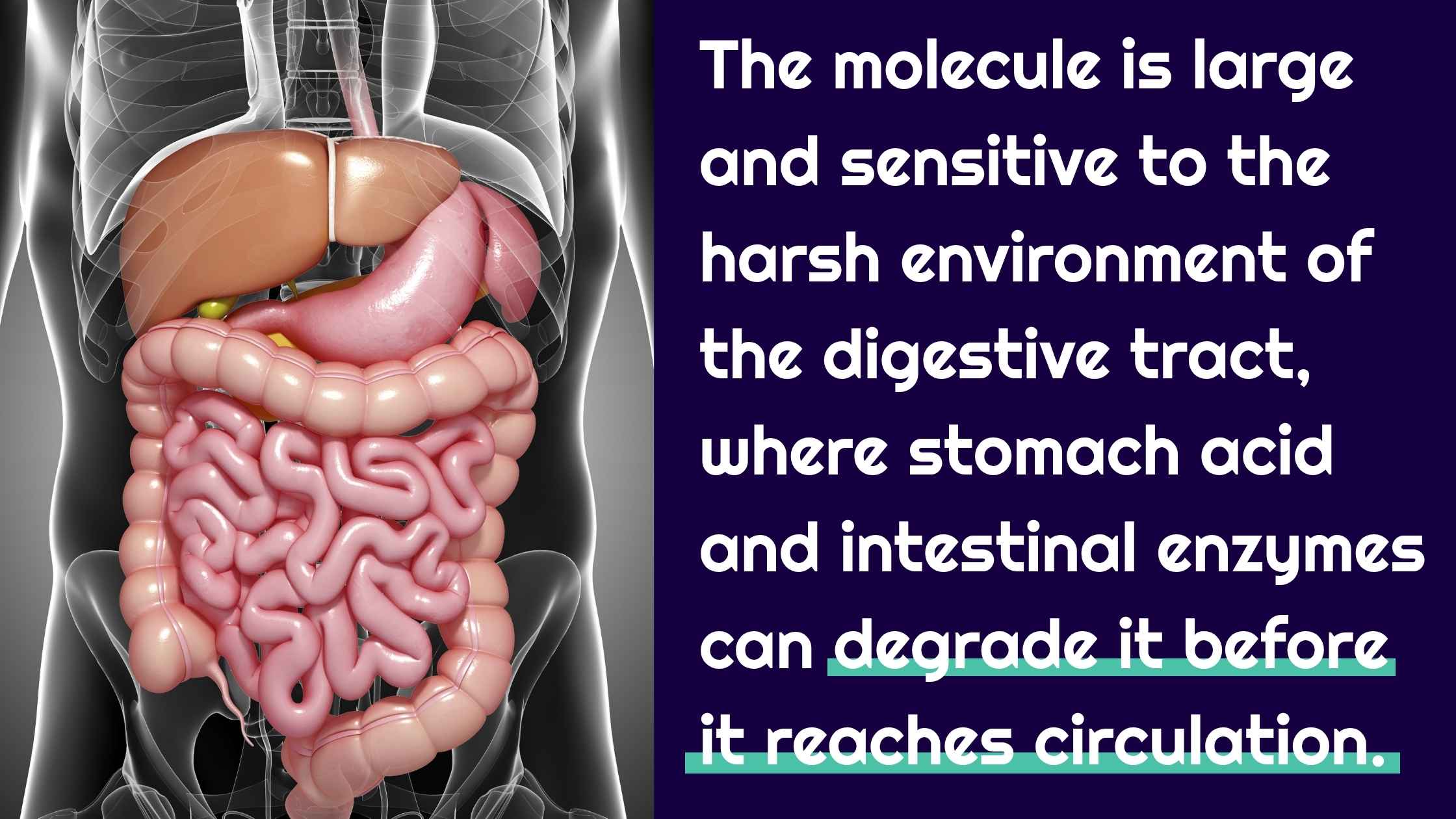Oral vs. Subcutaneous NAD+: Does the NAD+ Pill Work?
When it comes to supporting the body’s levels of the vital coenzyme Nicotinamide Adenine Dinucleotide (NAD⁺), the way it’s delivered matters. Researchers have long been interested in how NAD⁺ functions in energy metabolism and cellular repair, and recent studies have explored different ways to maintain or increase NAD⁺ availability in the body.
New to NAD+? Click here to read more about this molecule that is a big player in the human body.
The Oral NAD⁺ Route: Biological and Practical Challenges
Taking a pill is convenient, but scientific literature suggests that oral NAD⁺ itself may not be efficiently absorbed. The molecule is large and sensitive to the harsh environment of the digestive tract, where stomach acid and intestinal enzymes can degrade it before it reaches circulation.
Additionally, NAD⁺ has low membrane permeability, making it difficult for intact molecules to cross the intestinal wall. Even the small amount that is absorbed undergoes extensive “first-pass” metabolism in the liver, which may limit how much reaches systemic circulation.
Because of these challenges, researchers have shifted their focus toward precursor molecules such as nicotinamide riboside (NR) and nicotinamide mononucleotide (NMN). These precursors are more stable and have been shown in published studies to increase NAD⁺ levels in human and animal models when taken orally.

The Subcutaneous Route: A More Direct Delivery Method
Subcutaneous administration - injection into the fatty tissue beneath the skin - bypasses the gastrointestinal system. This allows NAD⁺ to enter the bloodstream gradually through nearby capillaries, rather than being degraded in the gut.
While intravenous (IV) delivery provides complete bioavailability, subcutaneous administration is considered a practical alternative because it can allow for steady absorption over time. However, it’s important to note that clinical research on compounded NAD⁺ formulations is limited, and results can vary between individuals.
What the Research Indicates
Based on pharmacologic principles and the current state of the literature:
- Oral NAD⁺ has limited bioavailability due to degradation and absorption barriers.
- Oral precursors (NR and NMN) are more bioavailable and widely studied for raising NAD⁺ levels.
- Parenteral delivery (including subcutaneous injection) bypasses digestive breakdown, allowing intact NAD⁺ to reach circulation—though large-scale human trials are still emerging.
Thinking About NAD⁺ Therapy?
If you’re interested in exploring whether NAD⁺ therapy might be appropriate for your wellness goals, GobyMeds offers consultations with licensed healthcare providers who can review your medical history and discuss available options.
Compounded NAD⁺ is not FDA approved and may only be obtained with a prescription from a licensed healthcare provider. Compounded drugs do not undergo FDA review for safety, effectiveness, or quality.
Learn more or begin your consultation at my.gobymeds.com.




.svg)